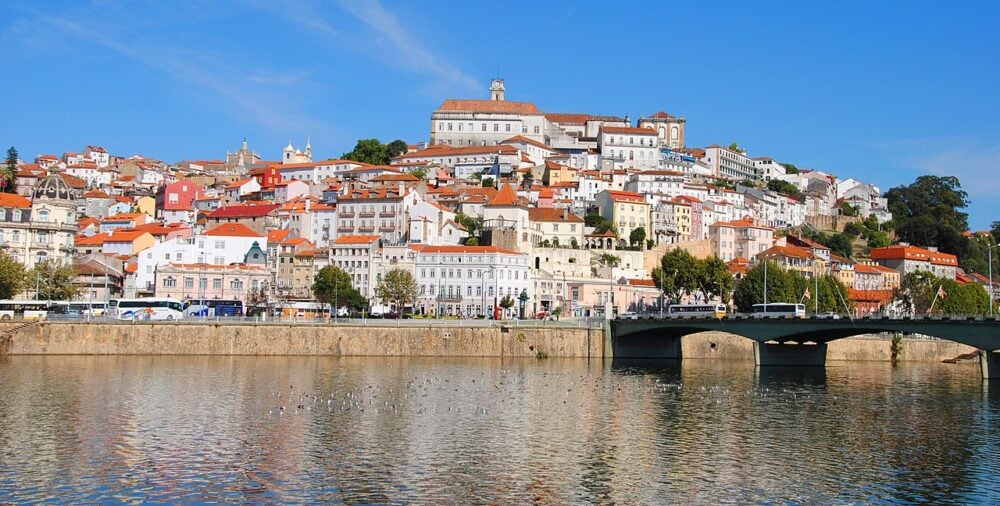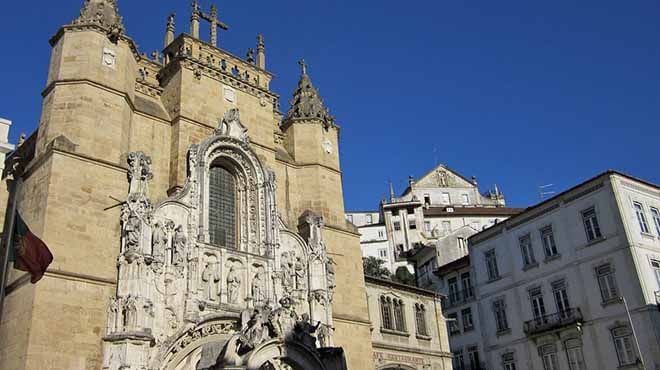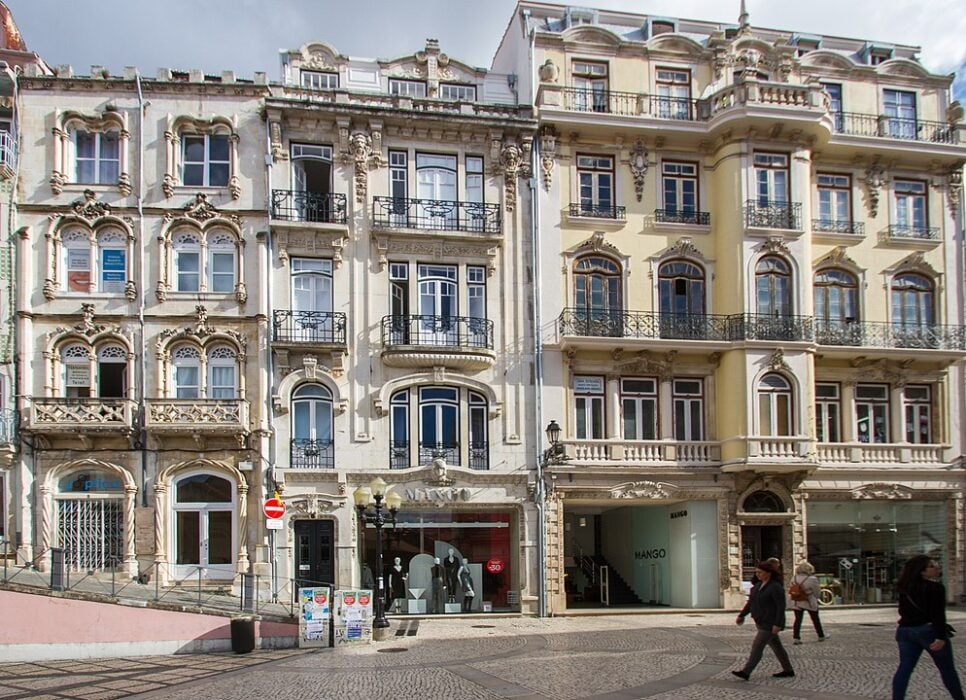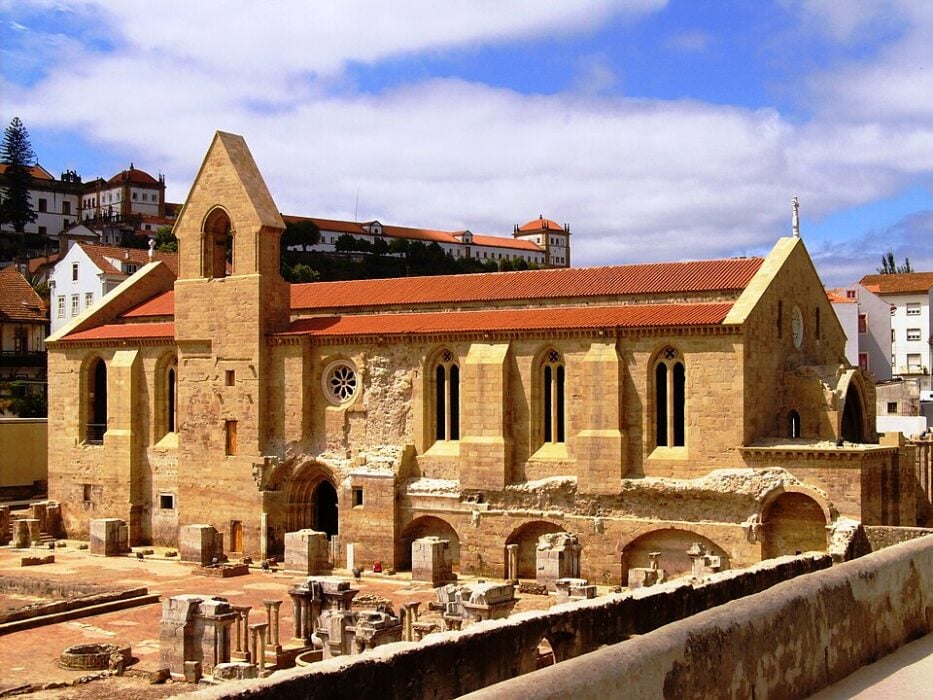This ancient university town is one of Portugal’s greatest treasures.

While most travelers in Portugal flock to the charms of Lisbon and Porto, the city of Coimbra offers a different and arguably more profound experience. As the medieval capital of Portugal and the home of one of the oldest universities in the world, a visit to Coimbra feels like stepping directly into the past. The city’s upper town is a steep, tangled maze of cobblestone streets and ancient buildings.
It’s a place that is steeped in history and tradition, a living museum that will transport you back to another era.
1. The University of Coimbra is the historic heart of the city.

Perched at the very top of the hill, the University of Coimbra is the soul of the city. Founded in 1290, it is one of the oldest continuously operating universities in the world, and its historic campus is a UNESCO World Heritage site. A visit here is a chance to walk through centuries of academic history, from the grand Royal Palace to the beautiful St. Michael’s Chapel, as shared in I Travel For The Stars.
The students, with their traditional black capes, add to the timeless atmosphere. The entire campus feels like a world unto itself, a place of profound history and learning that dominates the city’s skyline and its identity.
2. The Biblioteca Joanina is one of the world’s most beautiful libraries.

Within the university is its greatest treasure: the Biblioteca Joanina. This is not just a library; it is a breathtaking, jaw-dropping masterpiece of Baroque architecture. Built in the 18th century, the library is a stunning space, with towering, gold-leaf-covered shelves, beautiful frescoed ceilings, and exotic wood tables. It houses over 60,000 ancient books.
The library is also famous for its colony of bats, which are released every night to eat the insects that could damage the precious books. It is a truly magical and unforgettable place, one of the greatest libraries on the planet, as mentioned at The Collector.
3. The Old Cathedral (Sé Velha) is a Romanesque fortress.

The Old Cathedral of Coimbra is one of the most important and best-preserved Romanesque buildings in all of Portugal. Built in the 12th century, during the time of the Reconquista, the cathedral looks and feels like a fortress. Its massive stone walls, crenelated roofline, and narrow arrow-slit windows are a powerful reminder of the city’s history as a battleground between Christians and Moors, as shared in This Darling World.
The interior is dark, solemn, and incredibly atmospheric, with beautiful carved capitals and a stunning Gothic altarpiece. It is a place that has a real sense of weight and history, a true medieval gem.
4. The Monastery of Santa Cruz holds the tomb of Portugal’s first king.

Located in the lower part of the old town, the Monastery of Santa Cruz is another of Coimbra’s most important historic sites. The original monastery was founded in the 12th century and was the most important monastic house in the early days of the Portuguese monarchy. The monastery is the final resting place of the first two kings of Portugal, including the nation’s founder, Afonso Henriques.
The church was beautifully rebuilt in the 16th century in a highly ornate style known as “Manueline,” and the pulpit is a masterpiece of Renaissance sculpture. It is a place of deep national and historical significance.
5. The narrow, winding streets of the old town.

The best way to experience medieval Coimbra is to simply get lost in the steep, narrow, and winding streets of the upper town, or “Alta.” This tangled maze of cobblestone alleyways, hidden staircases, and ancient archways has changed very little in the last 500 years. As you wander, you will come across small, hidden courtyards, traditional restaurants, and shops selling artisan goods.
The entire neighborhood has a deeply authentic and atmospheric feel. It’s a place where you can truly feel the centuries of history that have unfolded on its ancient stones, a true journey back in time.
6. The half-submerged ruins of the Santa Clara-a-Velha Monastery.

On the other side of the Mondego River from the main city, you will find the hauntingly beautiful ruins of the Monastery of Santa Clara-a-Velha. The original 14th-century Gothic monastery was built on the low-lying bank of the river and was repeatedly flooded over the centuries, which eventually led to it being abandoned.
The ruins have since been excavated, and you can now walk through the half-submerged church and cloisters. It is a beautiful and slightly spooky place that tells a powerful story of the city’s constant struggle with the river. The new interpretation center is also fantastic.
7. The Arco de Almedina is the ancient gateway to the city.

The Almedina Arch is the historic gateway to the walled, upper part of the old town. This ancient Moorish archway was the main entrance to the city during the medieval period. Walking through this dark and atmospheric arch, and up the steep, narrow street that leads from it, is the perfect way to begin your exploration of the historic center of Coimbra.
It is a powerful and tangible link to the city’s deep and multicultural past. It’s the moment you truly feel like you are leaving the modern world behind and entering a city that is still very much alive with history.
